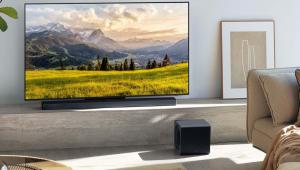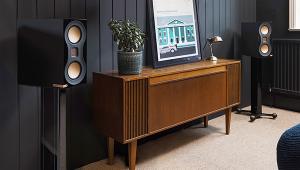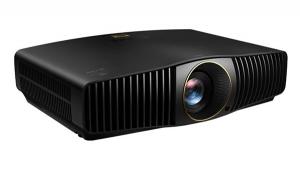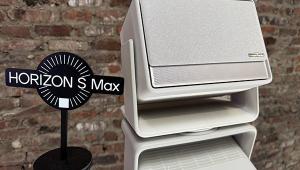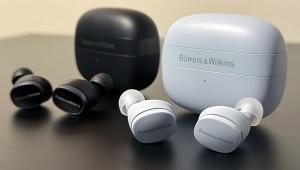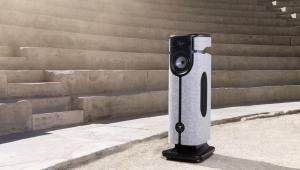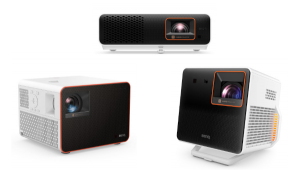Subwoofers: 4, 2 or 1? Page 5
The Big Bully: 1 x 15-inch
The 15-inch sub beat up on the smaller subs like a bully roughing up the geeks for their lunch money. But when things got technical, the geeks got the upper hand.
“This is the show-off sub,” one panelist enthused. “It goes really deep. It energizes the room. It shakes things. It’s visceral.” Another described the effect as “like those gaming chairs with the vibration built in.” It was the only one of the three subwoofer configurations that delivered real punch from the kick drum in the Mötley Crüe track, and the only one that could reproduce the deepest organ notes in the Saint-Saëns piece.
However, none of the panelists was impressed with the overall fidelity of the single big sub, which couldn’t combat the resonances in my room on its own the way multiple subs can. “It really didn’t do anything but shake the room,” one said. “It defines the lowest notes better than the other ones do, but on the melodic bass lines it seems to have the least pitch definition,” another explained. And when the panelists moved to the sour spot, their opinion of the single 15 soured, too. “Back here, it sounds really one-notey,” one said. “It sounds too in-your-face.”
Surprisingly, the panelist who chose the highest listening level encountered the most distortion with the 15-incher. At lower levels, the smaller subs distorted on low notes, but at higher frequencies they seemed to compress rather than distort. Under the same conditions, the 15-inch sub’s cone crossed the threshold into audible distortion more often. In my experience, a professionally designed, high-quality 15-inch sub wouldn’t exhibit this problem — but a bargain-basement 15 might.
Bottom Line
So what’s a better buy: four Polk 8-inch subs, two JBL 12-inch subs, or one Velodyne 15-inch sub? I have no idea. Okay, how about four $299 Hsu Research STF-1 8-inchers, two $699 Hsu VTF-3 MK3 12-inchers, or one $1,299 Hsu ULS-15 15-incher? I still have no idea. With so many variables in subwoofer performance and listener taste, there’s no way to state definitively that any one option will work for you. But after a post-test talk with the panelists and some listening on my own, we did come to some broad conclusions.
Note that these statements are very general, and that they apply only to subs of conventional design and materials with amps of modest power — like the subs in my test. Models using high-excursion drivers and high-powered digital or tracking amplifiers, such as the minisubs popularized by Sunfire, typically achieve greater and deeper output for their size than conventional subs can, so these suggestions don’t necessarily apply to them. Enough tedious qualification — here are my tips:
1) If you go to the trouble of installing four subwoofers in the corners of your room, at least put in four 10- or 12-inchers. Four 8-inch subs are unlikely to muster the low-end power most enthusiasts want.
2) For a single listener, or one who’s willing to hog the sweet spot and doesn’t care what fellow listeners hear, a single 14- or 15-inch (or maybe even 18-inch) subwoofer, positioned perfectly and preferably tweaked with an equalizer, is the safest and most affordable choice to deliver a thrilling experience and a satisfying bottom end.
3) Two 12-inch subs (or 14s or 15s, if you can afford them) in the front corners of the room is a damn good compromise for lots of situations.



